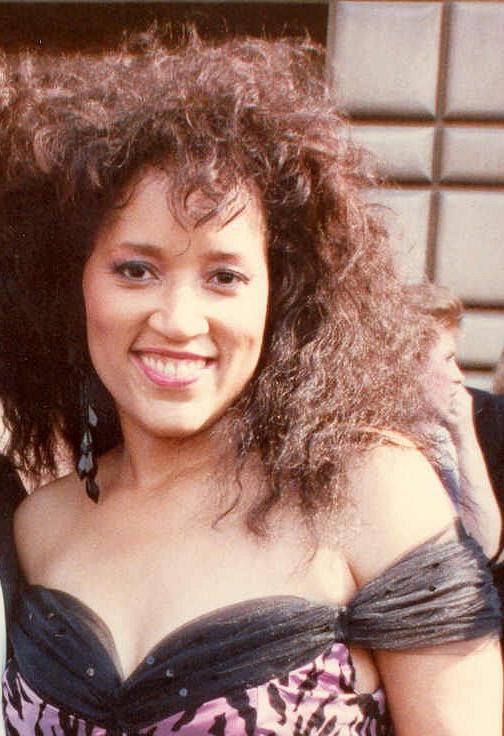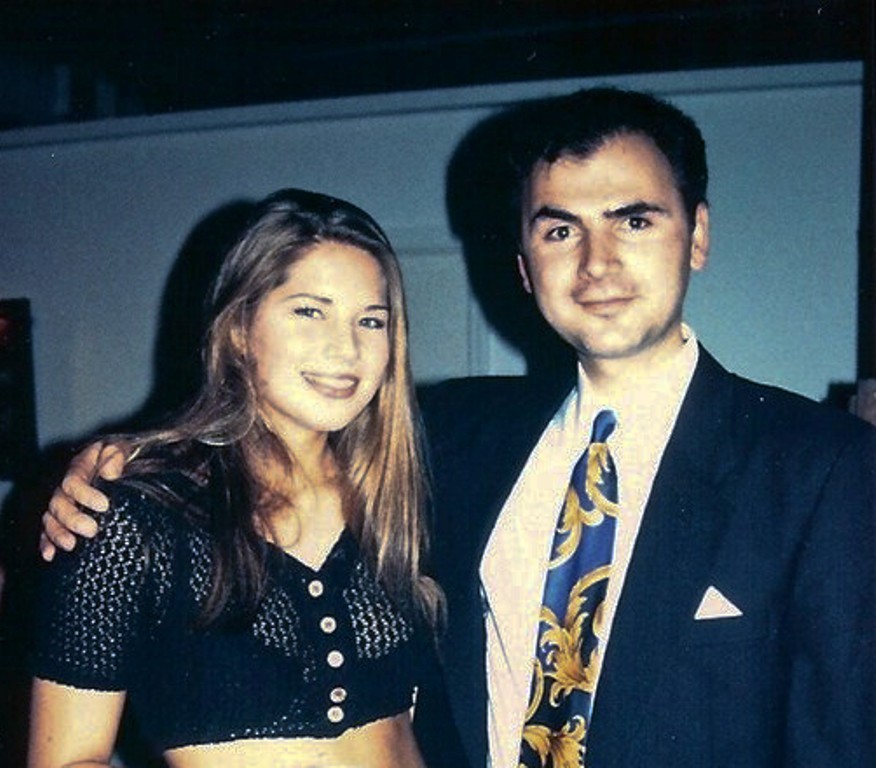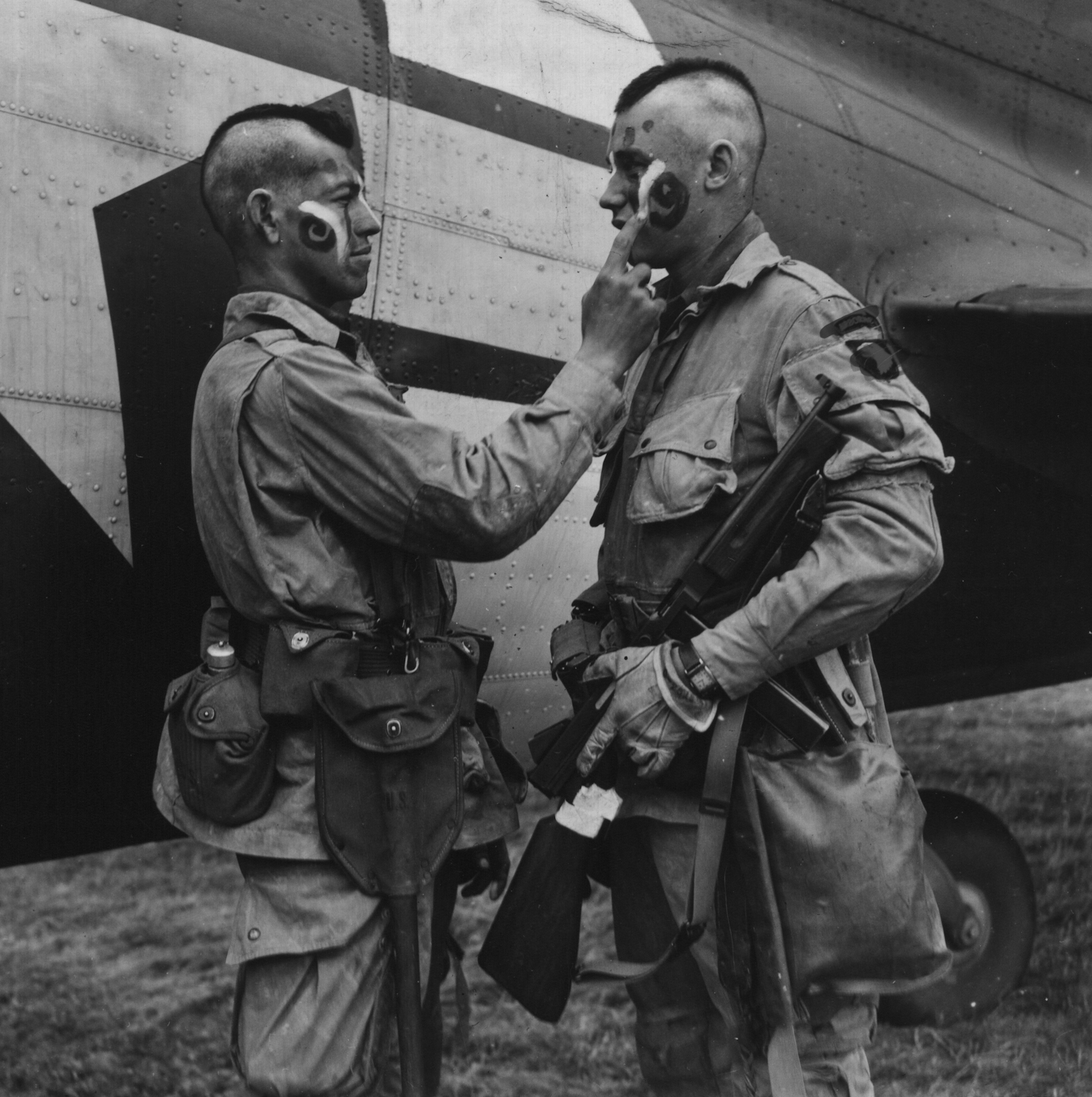|
Quiff
The quiff is a hairstyle that combines the 1950s pompadour hairstyle, the 1950s flattop, and sometimes a mohawk. It was born as a post-war reaction to the short and strict haircuts for men. The hairstyle was a staple in the British 'Teddy Boy' movement, but became popular again in Europe in the early 1980s and experienced a resurgence in popularity during the 1990s. Origin The etymology of the word "quiff" is uncertain, several proposals have been suggested for its origin. It may owe its origin to the French word ''coiffe'', which can mean either a hairstyle or, going further back, the mail that knights wore over their heads and under their helmets. Another possible candidate for its origin is the Dutch word ''kuif'', meaning "crest". The Dutch name for Tintin, who sports a quiff, is ''Kuifje'', which is the diminutive of the same word. Styles The modern-day quiff includes plenty of hair at the front of the top of the head, receding into shorter hair at the back with a trimme ... [...More Info...] [...Related Items...] OR: [Wikipedia] [Google] [Baidu] |
Tintin (character)
Tintin (; ) is the titular protagonist of ''The Adventures of Tintin'', the comic series by Belgian cartoonist Hergé. The character was created in 1929 and introduced in , a weekly youth supplement to the Belgian newspaper . Appearing as a young man with a round face and quiff hairstyle, Tintin is depicted as a precocious, multitalented reporter who travels the world with his dog Snowy. Since his inception in the early 20th century, Tintin has remained a popular literary figure with statues and commemorative murals of the character seen throughout Belgium. In addition to the original comic series, Tintin has appeared in numerous plays, radio shows, television shows, and feature films, including the 2011 film ''The Adventures of Tintin'', directed by Steven Spielberg. History Influences Hergé biographer Pierre Assouline noted that "Tintin had a prehistory", being influenced by a variety of sources that Hergé had encountered throughout his life. Hergé noted that during h ... [...More Info...] [...Related Items...] OR: [Wikipedia] [Google] [Baidu] |
1980s Fashion
Fashion of the 1980s was characterized by a rejection of 1970s fashion. Punk fashion began as a reaction against both the hippie movement of the past decades and the materialist values of the current decade. The first half of the decade was relatively tame in comparison to the second half, which was when apparel became very bright and vivid in appearance. Hair in the 1980s was typically big, curly, bouffant and heavily styled. Television shows such as ''Dynasty'' helped popularize the high volume bouffant and glamorous image associated with it. Women in the 1980s wore bright, heavy makeup. Everyday fashion in the 1980s consisted of light-colored lips, dark and thick eyelashes, and pink or red rouge (otherwise known as blush). Some of the top fashion models of the 1980s were Brooke Shields, Christie Brinkley, Gia Carangi, Joan Severance, Kim Alexis, Carol Alt, Yasmin Le Bon, Renée Simonsen, Kelly Emberg, Inès de La Fressange, Tatjana Patitz, Elle Macpherson, and Pa ... [...More Info...] [...Related Items...] OR: [Wikipedia] [Google] [Baidu] |
Pompadour (hairstyle)
The pompadour is a hairstyle named after Madame de Pompadour (1721–1764), a mistress of King Louis XV of France. Although there are numerous variations of the style for men, women, and children, the basic concept is having a large volume of hair swept upwards from the face and worn high over the forehead, and sometimes upswept around the sides and back as well. Despite the name, this hairstyle has nothing in common with the hairstyle of Madame de Pompadour, who wore her hair back rather than up, with no extra volume on the top. The name was coined in the 20th century. History Adding vertical volume on top of the head, by combing the hair back and up above the forehead, is a trend that originated in women's hairstyles of the royal court in France, first in the 1680s, and again in the second half of the 18th century, long before and after Madame de Pompadour. In 1680, King Louis XIV loved the way his mistress the Duchess of Fontanges arranged her hair after she fell from her h ... [...More Info...] [...Related Items...] OR: [Wikipedia] [Google] [Baidu] |
Teddy Boy
The Teddy Boys or Teds were a mainly British youth subculture of the mid 1950s to mid 1960s who were interested in rock and roll and R&B music, wearing clothes partly inspired by the styles worn by dandies in the Edwardian period, which Savile Row tailors had attempted to re-introduce in Britain after the Second World War. History A mainly British phenomenon, the Teddy Boy subculture started among teenagers in London in the early 1950s, and rapidly spread across the UK, becoming strongly associated with American rock and roll music. After World War II, male youths in delinquent gangs who had adopted Edwardian-era fashion were sometimes known as "Cosh Boys", or "Edwardians". But the name ''Teddy Boy'' was coined when a 23 September 1953 '' Daily Express'' newspaper report headline shortened ''Edwardian'' to ''Teddy''. Nevertheless, the term had previously been used in Edwardian England to refer to members of the Territorial Army (see for example ''The Swoop!'' writte ... [...More Info...] [...Related Items...] OR: [Wikipedia] [Google] [Baidu] |
1990s In Fashion
Fashion in the 1990s was defined by a return to minimalist fashion, in contrast to the more elaborate and flashy trends of the 1980s. One notable shift was the mainstream adoption of tattoos, body piercings aside from ear piercing and, to a much lesser extent, other forms of body modification such as branding. In the early 1990s, several late 1980s fashions remained very stylish among both sexes. However, the popularity of grunge and alternative rock music helped bring the simple, unkempt grunge look to the mainstream by 1994. The anti-conformist approach to fashion led to the popularization of the casual chic look that included T-shirts, jeans, hoodies, and sneakers, a trend which continued into the 2000s. Additionally, fashion trends throughout the decade recycled styles from previous decades, notably the 1950s, 1960s and 1970s. Due to increased availability of the Internet and satellite television outside the United States, plus the reduction of import tariffs under NAF ... [...More Info...] [...Related Items...] OR: [Wikipedia] [Google] [Baidu] |
Hairstyle
A hairstyle, hairdo, haircut or coiffure refers to the fashion, styling of hair, usually on the human scalp. Sometimes, this could also mean an editing of facial or body hair. The fashioning of hair can be considered an aspect of personal grooming, fashion, and cosmetics, although practical, cultural, and popular considerations also influence some hairstyles. The oldest known depiction of hair styling is hair braiding which dates back about 30,000 years. In history, women's hair was often elaborately and carefully dressed in special ways, though it was also often kept covered outside the home, especially for married women. From the time of the Roman Empire until the Middle Ages, most women grew their hair as long hair, long as it would naturally grow. Between the late 15th century and the 16th century, a very high hairline on the forehead was considered attractive. Around the same period, European men often wore their hair cropped no longer than shoulder-length. In the earl ... [...More Info...] [...Related Items...] OR: [Wikipedia] [Google] [Baidu] |
Flattop
A flattop is a type of haircut where the hair on the top of the head is cut and styled upright to form a flat profile when viewed from the front or side. Styling In the most classic and mainstream style of flattop for men and boys, the hair on top of the head is cut level from front to back before contouring to the back of the head. The shortest portion of hair on top, occurring at the highest point on the head, is typically cut to about a quarter of an inch, resulting in the hair at the front being cut to about 3/4 to 1-1/4 inches long, depending on the roundness of the head, in order to maintain flatness from forehead to crown. The back and sides are cut to about a quarter of an inch (the same length or slightly shorter than the length of the shortest hair on top) and tapered into the upright hair on top. The ears are neatly outlined, and the sideburns are squared just above the orifice of the ear. The neckline is cut with a low taper. Other versions popular in counter ... [...More Info...] [...Related Items...] OR: [Wikipedia] [Google] [Baidu] |
Mohawk Hairstyle
The mohawk (also referred to as a Mohican) is a hairstyle in which, in the most common variety, both sides of the head are shaven, leaving a strip of noticeably longer hair in the center. It is today worn as an emblem of non-conformity. The mohawk is also sometimes referred to as an iro in reference to the Iroquois (who include the Mohawk people), from whom the hairstyle is supposedly derived – though historically the hair was plucked out rather than shaved. Additionally, hairstyles bearing these names more closely resemble those worn by the Pawnee, rather than the Mohawk, Mohicans, Mohegan, or other groups whose names are phonetically similar. The world record for the tallest mohawk goes to Kazuhiro Watanabe, who has a tall mohawk. Name While the mohawk hairstyle takes its name from the people of the Mohawk nation, an indigenous people of North America who originally inhabited the Mohawk Valley in upstate New York, the association comes from Hollywood and more specifica ... [...More Info...] [...Related Items...] OR: [Wikipedia] [Google] [Baidu] |
Mail (armour)
Chain mail (properly called mail or maille but usually called chain mail or chainmail) is a type of armour consisting of small metal rings linked together in a pattern to form a mesh. It was in common military use between the 3rd century BC and the 16th century AD in Europe, and longer in Asia and North Africa. A coat of this armour is often called a hauberk, and sometimes a byrnie. History The earliest examples of surviving mail were found in the Carpathian Basin at a burial in Horný Jatov, Slovakia dated at 3rd century BC, and in a chieftain's burial located in Ciumești, Romania. Its invention is commonly credited to the Celts, [...More Info...] [...Related Items...] OR: [Wikipedia] [Google] [Baidu] |
Knight
A knight is a person granted an honorary title of knighthood by a head of state (including the Pope) or representative for service to the monarch, the church or the country, especially in a military capacity. Knighthood finds origins in the Greek '' hippeis'' and '' hoplite'' (ἱππεῖς) and Roman ''eques'' and '' centurion'' of classical antiquity. In the Early Middle Ages in Europe, knighthood was conferred upon mounted warriors. During the High Middle Ages, knighthood was considered a class of lower nobility. By the Late Middle Ages, the rank had become associated with the ideals of chivalry, a code of conduct for the perfect courtly Christian warrior. Often, a knight was a vassal who served as an elite fighter or a bodyguard for a lord, with payment in the form of land holdings. The lords trusted the knights, who were skilled in battle on horseback. Knighthood in the Middle Ages was closely linked with horsemanship (and especially the joust) from its origins ... [...More Info...] [...Related Items...] OR: [Wikipedia] [Google] [Baidu] |
Japanese People
The are an East Asian ethnic group native to the Japanese archipelago."人類学上は,旧石器時代あるいは縄文時代以来,現在の北海道〜沖縄諸島(南西諸島)に住んだ集団を祖先にもつ人々。" () Japanese people constitute 97.9% of the population of the country of Japan. Worldwide, approximately 129 million people are of Japanese descent; of these, approximately 122.5 million are residents of Japan. People of Japanese ancestry who live outside Japan are referred to as , the Japanese diaspora. Depending on the context, the term may be limited or not to mainland Japanese people, specifically the Yamato (as opposed to Ryukyuan and Ainu people). Japanese people are one of the largest ethnic groups in the world. In recent decades, there has also been an increase in the number of multiracial people with both Japanese and non-Japanese roots, including half Japanese people. History Theories of origins Archaeological evidence ... [...More Info...] [...Related Items...] OR: [Wikipedia] [Google] [Baidu] |
Punch Perm
Punch commonly refers to: * Punch (combat), a strike made using the hand closed into a fist * Punch (drink), a wide assortment of drinks, non-alcoholic or alcoholic, generally containing fruit or fruit juice Punch may also refer to: Places * Punch, U.S. Virgin Islands * Poonch (other), often spelt as Punch, several places in India and Pakistan People * Punch (surname), a list of people with the name * Punch (nickname), a list of people with the nickname * Punch Masenamela (born 1986), South African footballer * Punch (rapper), 21st century American rapper Terrence Louis Henderson Jr. * Punch (singer), South Korean singer Bae Jin-young (born 1993) Arts, entertainment and media Fictional entities * Mr. Punch (also known as Pulcinella or Pulcinello), the principal puppet character in the traditional ''Punch and Judy'' puppet show * Mr. Punch, the masthead image and nominal editor of ''Punch'', largely borrowed from the puppet show * Mr. Punch, a fictional character in ... [...More Info...] [...Related Items...] OR: [Wikipedia] [Google] [Baidu] |



.png)




